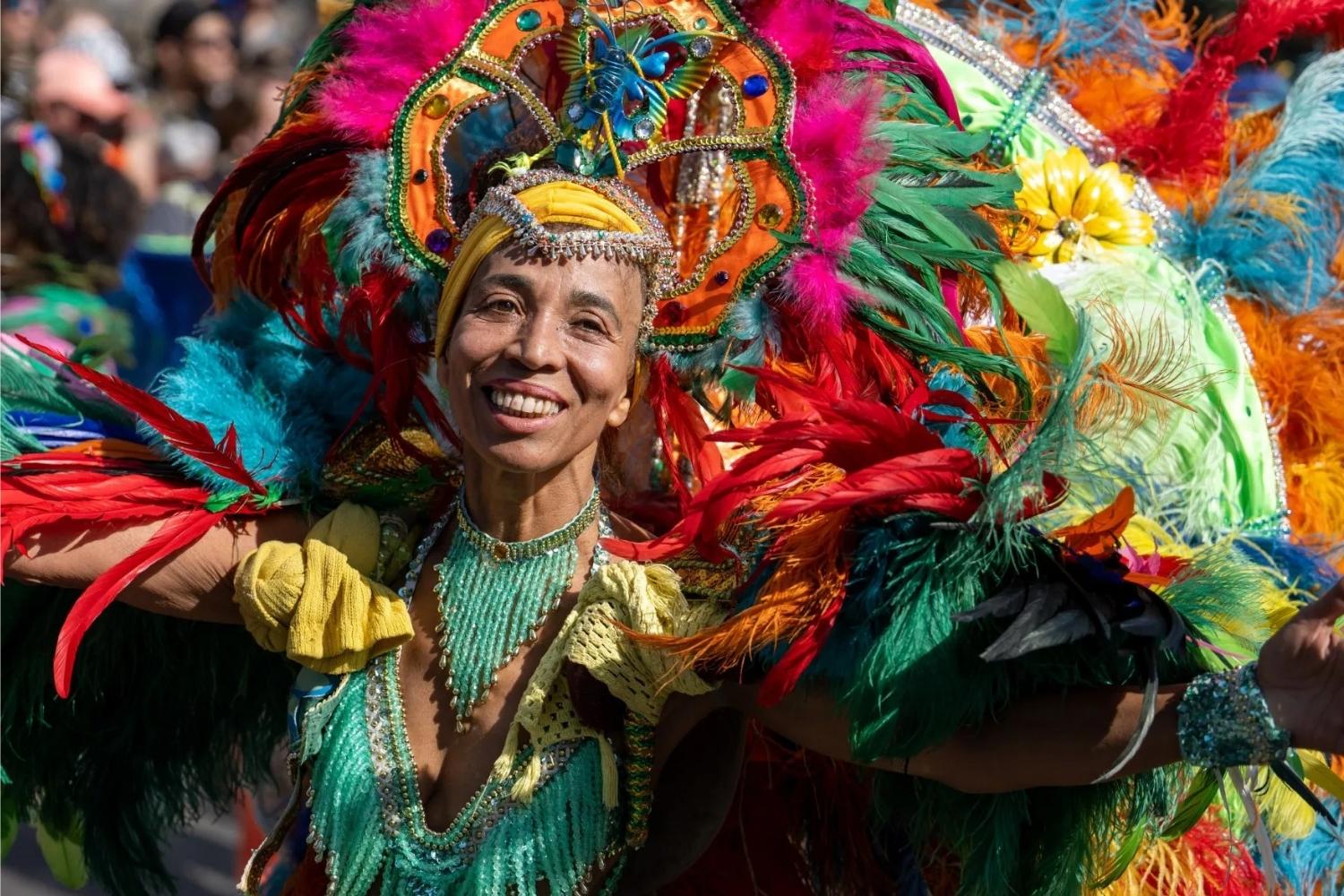
What is the Carnival of Cultures? The Carnival of Cultures is a vibrant, annual festival held in Berlin, Germany, celebrating the city's rich cultural diversity. This colorful event features a parade with participants from various cultural backgrounds showcasing their unique traditions through music, dance, and costumes. Started in 1996, the carnival has grown to attract over a million visitors each year. Attendees can enjoy a variety of international foods, crafts, and performances, making it a true melting pot of global cultures. The festival not only promotes cultural exchange but also fosters a sense of community and inclusivity.
What is the Carnival of Cultures?
The Carnival of Cultures is a vibrant festival celebrating diversity and multiculturalism. Held annually in Berlin, Germany, it attracts thousands of visitors from around the globe. Let's dive into some fascinating facts about this colorful event.
- The Carnival of Cultures began in 1996 as a response to the growing multicultural population in Berlin.
- It takes place every year during the Pentecost weekend, usually in May or June.
- The festival spans four days, featuring a grand parade, live music, dance performances, and food stalls.
- Over 5,000 performers participate in the parade, showcasing traditional costumes and dances from various cultures.
- The parade route stretches for 3.5 kilometers, winding through the streets of Kreuzberg, a culturally diverse neighborhood in Berlin.
- Each year, the festival attracts around 1.5 million visitors, making it one of the largest multicultural festivals in Europe.
- The event is organized by Werkstatt der Kulturen, a cultural center in Berlin dedicated to promoting intercultural dialogue.
The Parade
The parade is the highlight of the Carnival of Cultures, featuring a dazzling array of performances and costumes. Here are some intriguing details about this spectacular procession.
- The parade usually takes place on the Sunday of the festival weekend.
- Participants include both professional and amateur performers, representing over 80 different nationalities.
- Floats are decorated with vibrant colors, intricate designs, and cultural symbols.
- Music ranges from traditional folk tunes to contemporary beats, reflecting the diverse backgrounds of the performers.
- Spectators line the streets, cheering and dancing along with the parade participants.
- The parade promotes themes of unity, tolerance, and cultural exchange.
- Awards are given for the best performances, costumes, and floats, adding an element of friendly competition.
Music and Dance
Music and dance play a central role in the Carnival of Cultures, with performances happening throughout the festival. Let's explore some key aspects of these artistic expressions.
- Multiple stages are set up across the festival grounds, featuring live performances from local and international artists.
- Genres include reggae, salsa, hip-hop, jazz, and traditional folk music.
- Dance styles range from samba and flamenco to breakdancing and belly dancing.
- Workshops and interactive sessions allow visitors to learn new dance moves and musical techniques.
- Street performers and buskers add to the lively atmosphere, entertaining crowds with impromptu shows.
- The festival promotes emerging artists, providing a platform for them to showcase their talents.
Food and Crafts
The Carnival of Cultures is also a culinary and artistic feast, offering a wide variety of food and crafts from around the world. Here are some tasty and creative highlights.
- Food stalls serve dishes from different countries, including African, Asian, Latin American, and Middle Eastern cuisines.
- Popular street foods include falafel, empanadas, jerk chicken, and sushi.
- Craft vendors sell handmade jewelry, clothing, and artwork, reflecting the cultural heritage of their creators.
- Fair-trade products and sustainable goods are emphasized, promoting ethical consumption.
- Cooking demonstrations and tastings allow visitors to sample and learn about new flavors and ingredients.
- The festival encourages cultural exchange through food, fostering a sense of community and understanding.
The Carnival of Cultures is a celebration of diversity, creativity, and unity. It brings people together from all walks of life, creating a vibrant and inclusive atmosphere. Whether you're a local or a visitor, this festival offers a unique opportunity to experience the rich tapestry of global cultures.
The Heartbeat of Diversity
The Carnival of Cultures isn't just a festival; it's a vibrant celebration of diversity and unity. From the colorful parades to the mouth-watering food stalls, every aspect of this event showcases the rich tapestry of global cultures. It's a place where people from all walks of life come together to share their traditions, music, and art. This festival not only entertains but also educates, fostering a deeper understanding and appreciation for different cultures. Whether you're a local or a visitor, the Carnival of Cultures offers an unforgettable experience that leaves you with a sense of global community. So, next time you're looking for a unique and enriching experience, remember the Carnival of Cultures. It's more than just a festival; it's a celebration of what makes us all unique and connected.
Was this page helpful?
Our commitment to delivering trustworthy and engaging content is at the heart of what we do. Each fact on our site is contributed by real users like you, bringing a wealth of diverse insights and information. To ensure the highest standards of accuracy and reliability, our dedicated editors meticulously review each submission. This process guarantees that the facts we share are not only fascinating but also credible. Trust in our commitment to quality and authenticity as you explore and learn with us.
